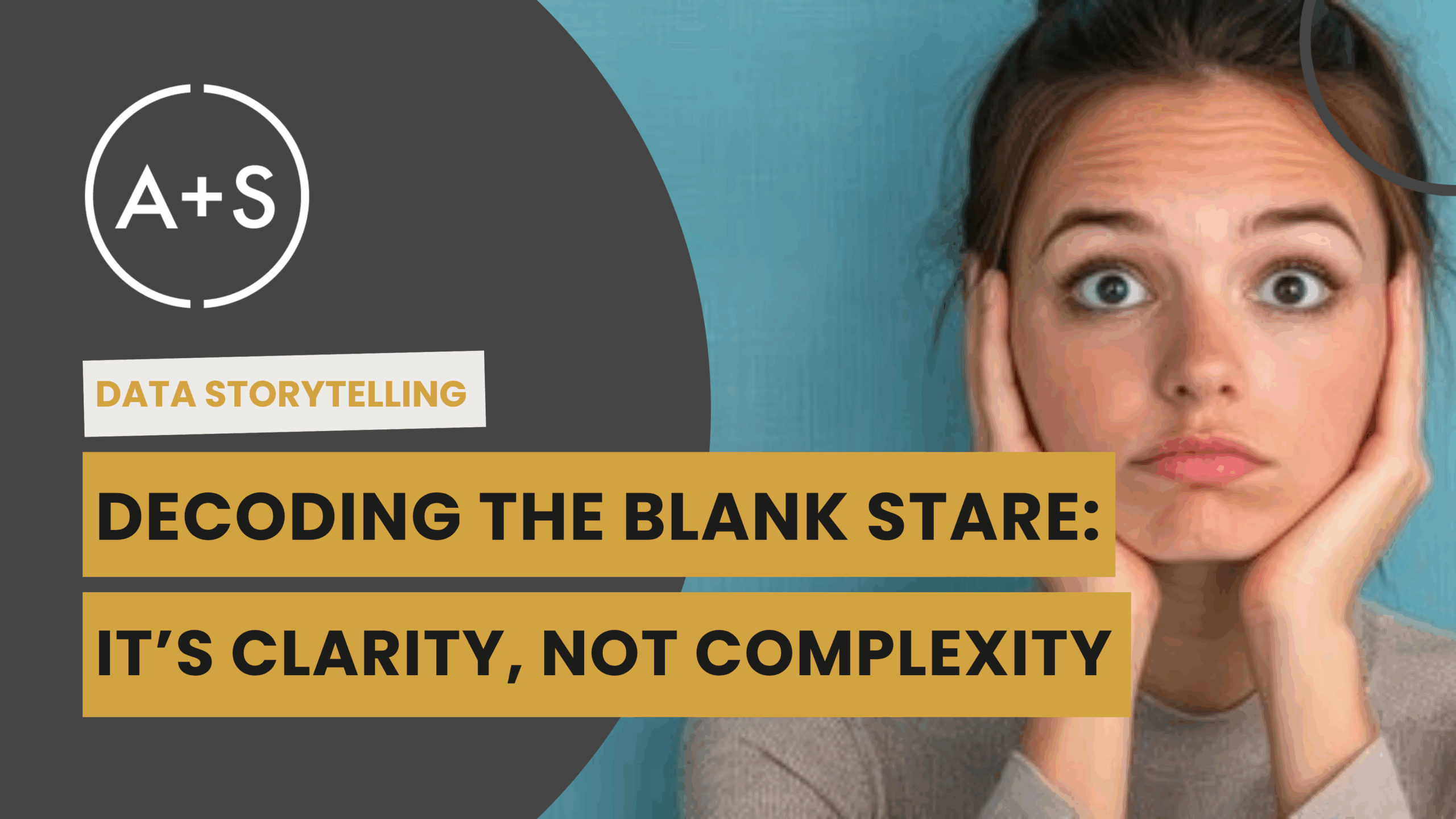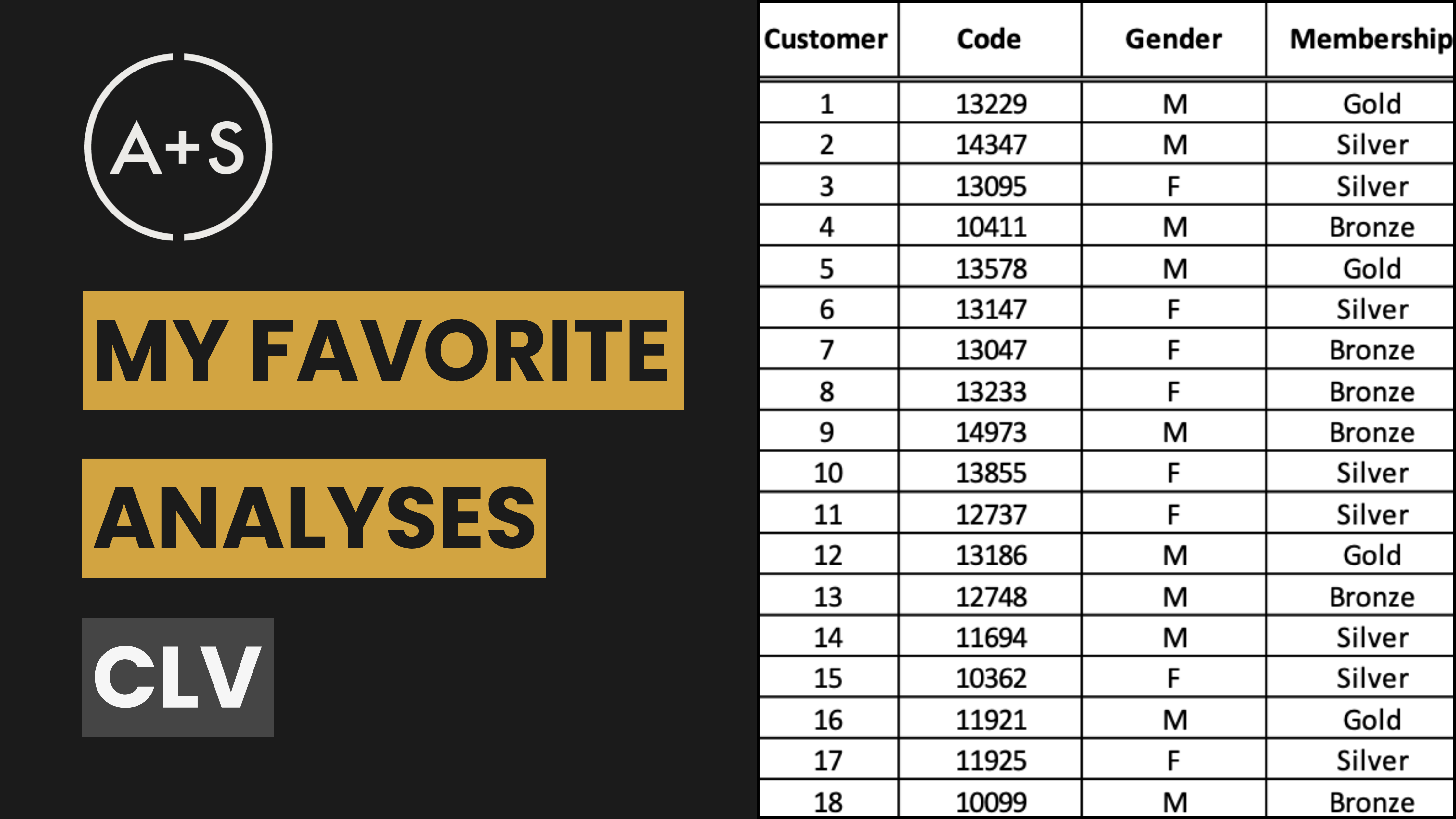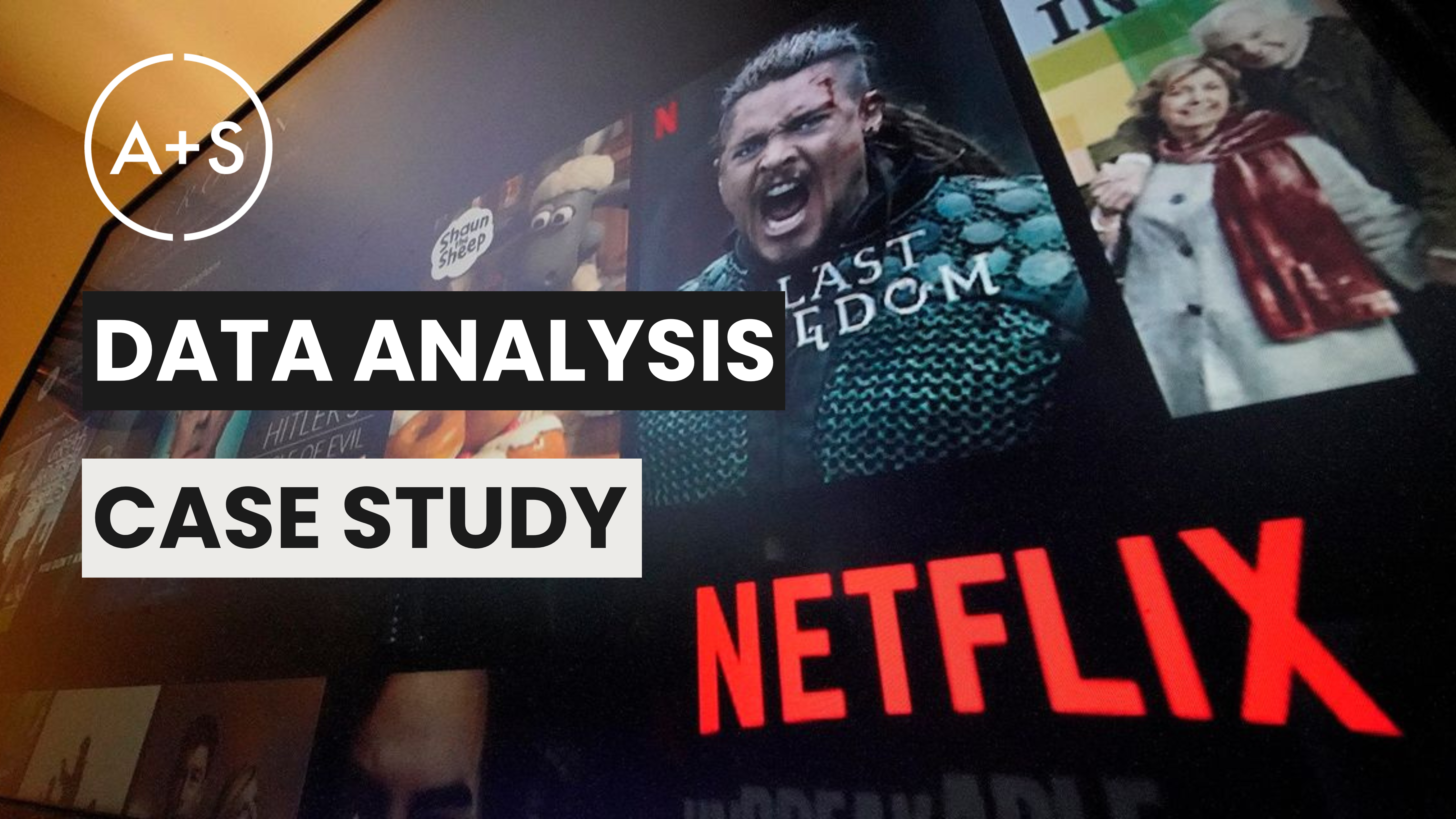The most dangerous assumption in data analytics is that rigor equals value.
We’re taught that the more complex our model, the cleaner our data, and the more comprehensive our dashboard, the more valuable our work becomes. We’ve been trained to show our work meticulously as we build our unassailable case of proof.
This is a myth.
The value of your work isn’t determined by the effort you put in, but by the ease with which your audience understands it. Your stakeholder’s brain isn’t a patient collaborator. They are not eager to admire your process. Your stakeholder is a ruthless efficiency engine designed to conserve energy at all costs.
When you present a monument to your own hard work, you create hard work for them. And when a task feels too difficult for your stakeholder, their brain’s immediate response is to disengage. Your breakthrough insight isn’t failing because it’s wrong. It’s failing because it’s cognitively expensive.
It’s time to stop selling the rigor of our work and start designing for the elegant simplicity of its conclusion.
The Core Concept
Meet the prefrontal cortex. Think of it as the CEO of the brain, responsible for all executive functions: complex thought, strategic reasoning, and critical decision-making. This is the part of your stakeholder’s brain that you must convince to greenlight your project.
This Brain CEO is incredibly powerful, but it runs on a finite cognitive budget. It is lazy by design, conserving resources for only the most critical tasks. When you present a dense dashboard or a sprawling analysis, you aren’t giving the CEO a tidy briefing; you are dropping a voluminous, unedited report on its desk and expecting it to find the one important sentence.
This is cognitive overload. The CEO doesn’t respond by working harder; it responds by declaring cognitive bankruptcy. It shuts down conscious processing and defaults to a faster, more primitive system. The result is either total disengagement — the blank stare — or a snap judgment based on a simple, often incorrect, assumption. Your stakeholder’s brain is literally telling itself a simpler story because yours was too difficult to process.
Your job is not to present data. It is to manage your audience’s cognitive load.
The Strategic Framework
You must become a cognitive guide, not a data dumper. The goal is to make your insights feel effortless to understand. This requires two fundamental shifts in your process: structuring your narrative and leveraging visual science.
First, you must provide a mental map for the stakeholder’s brain. The core of this strategy is simple: Stop making the brain assemble a 1,000-piece puzzle from scratch. Give it the picture on the box first. When you present data without a clear, top-down structure, you force the audience’s brain to burn its limited energy just figuring out how the pieces fit together.
The solution is to state your answer first using the SCQM format we’ve discussed in these pages before. Lead with your single governing thought, then present the supporting data. This provides a clear framework where every fact you present has a logical place to go, drastically reducing the cognitive effort required to follow your argument. This top-down approach isn’t a communication trick; it’s a cognitive shortcut. In the third module of my new Data Storytelling course, we master this framework and change presentations from a cognitive burden into a guided tour of your insights.
Second, you must design visuals that work with the brain. Our minds are wired to process visual information with astonishing speed. Key visual cues — like a sharp change in color or a difference in size — are pre-attentive. They are processed almost instantly, without the energy-intensive prefrontal cortex.
A well-designed chart emphasizes pre-processing information for your audience. It tells their eyes exactly where to look. It screams, “This is the important part.” This frees the brain’s limited budget to be spent on understanding the insight, not deciphering the chart. In the fourth module of the course, we move beyond making charts “look good” and master how to design visuals that are cognitively efficient and powerfully persuasive.
The Analyst’s Playbook
Theory is one thing, but execution is everything. To bridge the gap between understanding this strategy and applying it, you need a tactical playbook.
The following five rules are your new standard operating procedure for communicating data. They are simple, non-negotiable, and designed to make you the most effective guide for your audience’s attention, from the first slide to the final conclusion.
- The Structure: Build a Pyramid. Logically organize your story. Place your main assertion up front. Group your supporting arguments underneath. Below that, provide the data that proves each argument. This rigid structure is not a creative constraint; it is a cognitive roadmap for your audience.
- The Rule: Declare Your Answer Immediately. Never bury your lead. Start every every slide with the single most important conclusion, articulated in one clear sentence. This anchors your audience’s brain.
- The Test: Design for Five Seconds. Look at your chart. Can you grasp the primary insight in five seconds or less? If not, it’s too complicated. Your design has failed. Be ruthless with color, weight, and position to guide the eye.
- The Mandate: Eliminate Every Distraction. Your stakeholder’s brain is looking for an excuse to disengage. Don’t give it one. Remove every line, label, and color that does not directly serve the core message. Every element must earn its place. If it doesn’t clarify, it confuses. Cut it.
- The Job: Narrate the “Why.” As you present a chart, don’t just describe what it shows. Explain what it means. You are the guide. Lead your audience from the data point to the decision, leaving no room for misinterpretation.
Final Thought
The most common mistake in our field is believing our value lies in the complexity of our analysis. This is false. Your value is determined by the clarity of your communication.
Your job is not to be a builder of dashboards or a master of models. Your new job description is Chief Cognitive Load Reducer. The ultimate measure of your work is not the rigor that went into it, but the ease with which its conclusion is understood. Stop making your stakeholders work so hard. Guide them.
The next time you build a chart, ask yourself one question: Am I making my audience’s brain work harder, or am I making it easier?
The answer determines everything.
Keep Analyzing!




